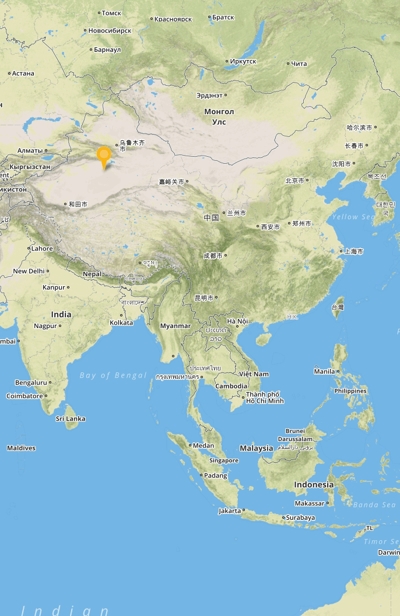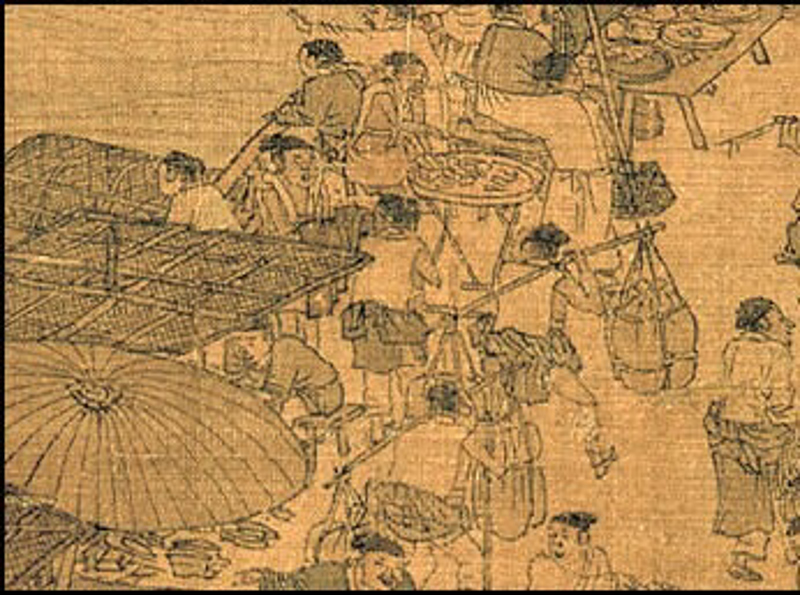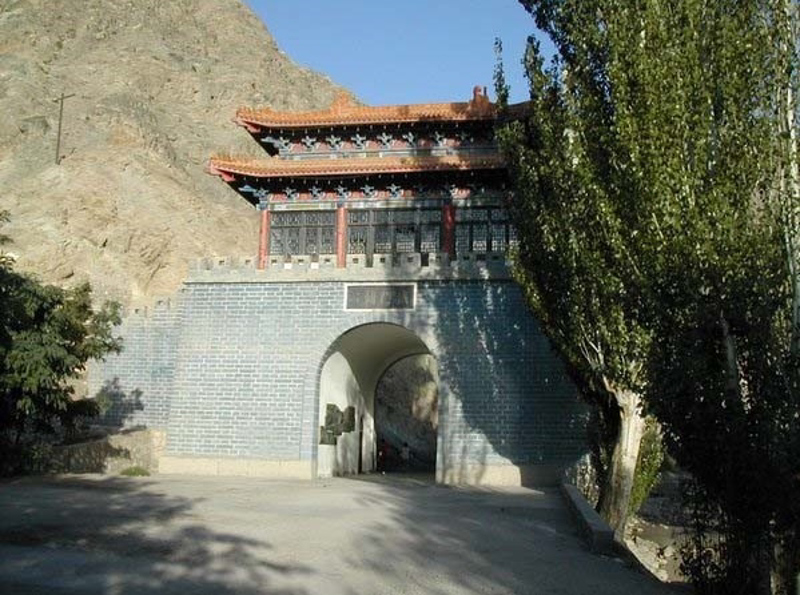Ancient China Travel Diary
Entry 4: A Bright Place
January 10- 700 AD
The next city that I traveled to on the Silk Road was called Karta. Karta had many passionate traders who convinced me to spend 15 pounds of silk on sweet pears, tomatoes, muskmelons, apricots, figs, mulberries, raisins, and Cantaloup. Many people gave me stares, puzzled in why I would buy so much food. My simple answer was “I am hungry.” Karta was known for its “fragrant” pears as well as a maize and corn were key crops for trade. Grew Muskmelon and badamu. Karta had one of the largest water basins in the entire region, and this provided fertility of growing crops. Very good cool temperatures were refreshing compared to Lap Nur’s extreme heat. The inhabitants of Karta would routinely break into unique songs and dancing styles that had developed in this city for many years. Uyghur, a type of traditional and folk dances was clearly popular here. Some Uyghur dances included but were not limited to the Bowl Dance, Big Drum Dance, Hoop Dance, Puta Dance, and the Synime, Xiadiyana, Nazirkom and Maixilaipu dances. As I read in a piece of literature by Hsin T’ang-shu, Chinese text is the single most important source of information for writing a dated narrative of Uyghur history. Hsin T’ang-shu also discussed how the bond between Uyghur and China was not always friendly and was fairly violent. Uyghur history and China seem to be almost intertwined historically. Women participated in the folk dances in this city. I had paid someone 3 pounds of silk to allow me to stay in their sturdy wooden framed house.
lanceduncan4
5 chapters
16 Apr 2020
Karta
Karta
Entry 4: A Bright Place
January 10- 700 AD
The next city that I traveled to on the Silk Road was called Karta. Karta had many passionate traders who convinced me to spend 15 pounds of silk on sweet pears, tomatoes, muskmelons, apricots, figs, mulberries, raisins, and Cantaloup. Many people gave me stares, puzzled in why I would buy so much food. My simple answer was “I am hungry.” Karta was known for its “fragrant” pears as well as a maize and corn were key crops for trade. Grew Muskmelon and badamu. Karta had one of the largest water basins in the entire region, and this provided fertility of growing crops. Very good cool temperatures were refreshing compared to Lap Nur’s extreme heat. The inhabitants of Karta would routinely break into unique songs and dancing styles that had developed in this city for many years. Uyghur, a type of traditional and folk dances was clearly popular here. Some Uyghur dances included but were not limited to the Bowl Dance, Big Drum Dance, Hoop Dance, Puta Dance, and the Synime, Xiadiyana, Nazirkom and Maixilaipu dances. As I read in a piece of literature by Hsin T’ang-shu, Chinese text is the single most important source of information for writing a dated narrative of Uyghur history. Hsin T’ang-shu also discussed how the bond between Uyghur and China was not always friendly and was fairly violent. Uyghur history and China seem to be almost intertwined historically. Women participated in the folk dances in this city. I had paid someone 3 pounds of silk to allow me to stay in their sturdy wooden framed house.



Share your travel adventures like this!
Create your own travel blog in one step
Share with friends and family to follow your journey
Easy set up, no technical knowledge needed and unlimited storage!